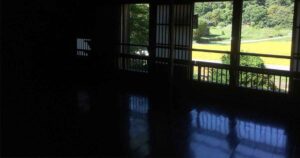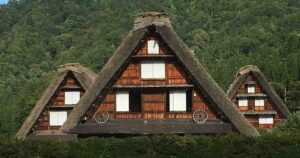
DIRECTIONS
SIGHTSEEING
-
![[Myozen-ji Temple] A traditional house with the dignity of Ikko sect of Buddhism](https://en.walk-toyama.com/wp-content/uploads/2024/10/myozen-ji-temple-00-300x158.jpg)
Myozen-ji Temple
In the Edo period, Myozen-ji Temple functioned as town’s meeting place where you can listen to monk’s sermon. Myozen-ji is one of the nationally rare temple because the structure is…
-

Wada-ke Traditional House
Wada House is one of the biggest gassho-houses in Ogimachi Village. It was owned by the ex-village chief, Masami Wada. He focused on the tourism value of Ogimachi and established…
-

Ogimachi
Ogimachi is the largest village in the World Heritage sites called Shirakawago and Gokayama. Although the name “Shirakawago” can be seen in historical records in 13th century, it is not…
FOOD
No food spots found for this destination.
HOTEL
No hotels found for this destination.
EXPERIENCE
No facilities found for this destination.